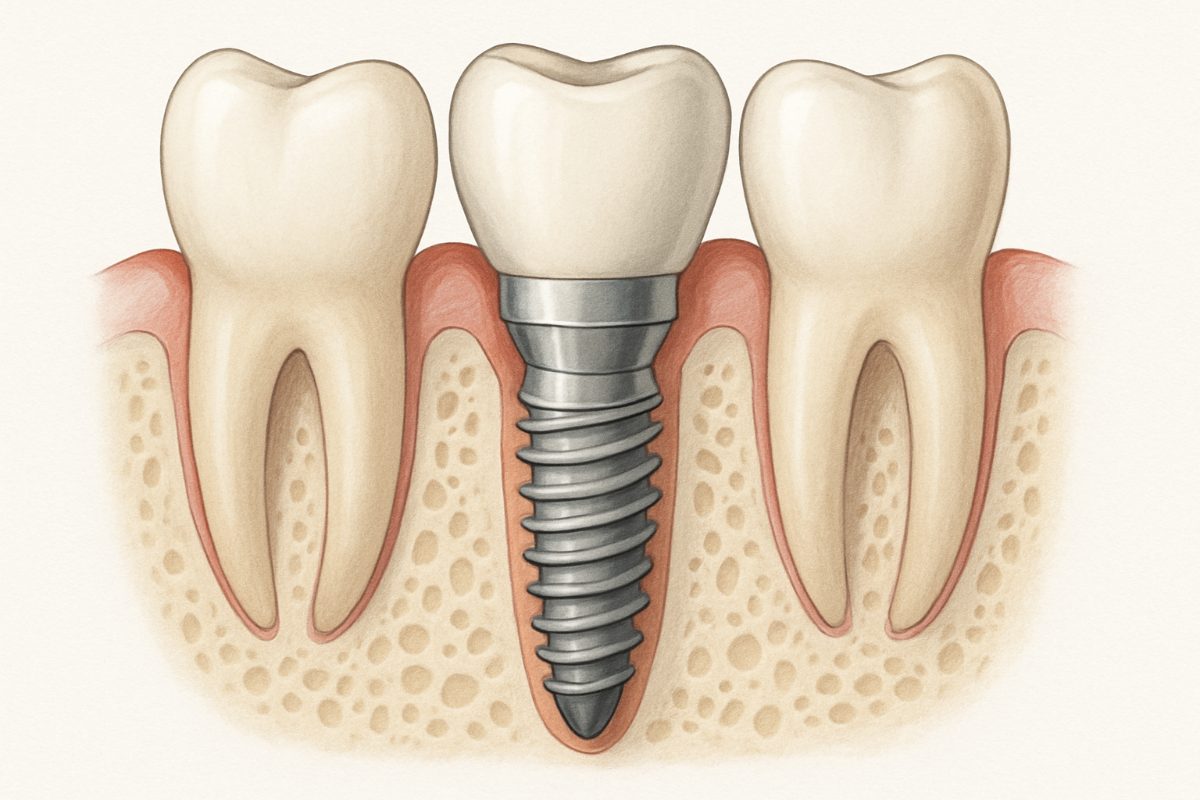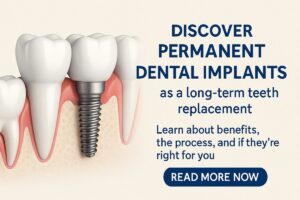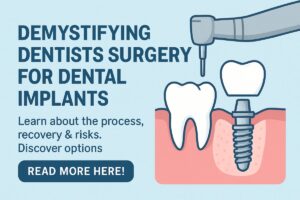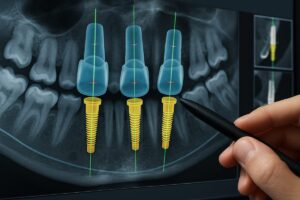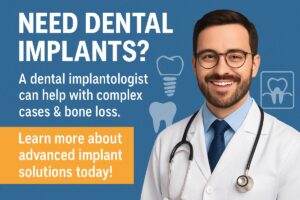The dental implant center cleveland oh focuses on complex cases, full digital workflows, and patient convenience. This post explains why a dedicated implant center matters, the advanced implant options we offer for patients told they “have no bone,” how our digital scanners speed treatment, what to expect from consultation to recovery, care for out-of-state patients, safety and success measures, brief credentials for the lead specialist, and how to schedule a free consultation and CT scan.
Why choose a specialized dental implant center cleveland oh?
A dedicated center treats only implant and full-arch cases, which means focused expertise and streamlined care. Compared with a general dental office, a dental implant center cleveland oh has staff trained on complex surgeries, consistent protocols, and equipment specifically for implants. That focus reduces surprises, shortens treatment time, and improves outcomes for challenging cases.
Advanced implant options we offer
Zygomatic, pterygoid, and transsinus implants
For patients with severe bone loss, longer implants anchor into denser bone beyond the jaw. Zygomatic implants attach to the cheekbone, pterygoid implants use the pterygoid plate, and transsinus approaches bypass damaged sinus bone. These options let us restore function without extensive bone grafting and are often the solution when patients have been told they “have no bone.”
Subperiosteal implants and other prosthetic solutions
When bone shape or volume makes traditional implants impractical, subperiosteal implants or custom prosthetics can work. Subperiosteal implants sit on top of the bone under the gum and can support fixed bridges. Custom solutions are planned case-by-case to match a patient’s anatomy and prosthetic goals.
All-on-X and full-arch options
All-on-X describes full-arch restorations supported by a limited number of implants. Patients receive a fixed prosthesis that looks and functions like natural teeth. Expect fewer visits, quicker function, and a predictable path from planning to final restoration with modern All-on-X workflows.
Fully digital treatment: scanners and photogrammetry
We use facial scanners, intraoral scanners, and photogrammetry to capture precise digital records. Facial scanning records facial anatomy and lip support. Intraoral scans replace messy impressions. Photogrammetry captures exact implant positions during surgery. Together, these tools reduce guesswork and improve prosthetic fit.
Digital planning and same-day prosthetics
Digital planning creates a virtual surgical guide so the team knows implant positions before entering the mouth. This workflow allows for same-day provisional prosthetics when appropriate, meaning fewer appointment days and faster recovery of chewing function. The digital fit also cuts down on post-op adjustments and remakes.
Why digital All-on-X matters
A reproducible digital workflow leads to consistent results. Teaching local dentists and labs this method raises the overall standard of care. When the same digital approach is used repeatedly, outcomes become predictable for both surgeon and lab, and patients receive reliable, high-quality prosthetics.
What to expect: consultation, CT scan, and treatment timeline
Your path begins with a free consultation and CT scan to assess bone, sinuses, and anatomy. After imaging, we create a digital plan and present options. Surgery and provisional prosthetics are scheduled based on that plan. Follow-ups occur at short intervals post-op and again at final prosthetic delivery months later to confirm healing and function.
Pre-op planning and virtual treatment previews
CT-based planning and virtual previews show expected tooth position, esthetics, and bite. This helps set realistic expectations and lets patients approve the plan before surgery. Clear visuals reduce anxiety and improve informed consent.
Care for out-of-state and traveling patients
Many patients travel for specialized implant care. The typical flow: meet the surgeon the day before for review, have surgery the next day, stay locally for a short recovery period, then return home with detailed post-op instructions. We coordinate post-op checks with the referring dentist so local providers manage routine follow-up while we handle major milestones.
Coordination with your referring dentist
We send a full surgical report, implant positions, and prosthetic instructions to the referring dentist. Local dentists can perform routine post-op checks and provide maintenance. Patients usually return for a final in-person review months later when the final prosthesis is placed.
Safety, success rates, and follow-up care at our dental implant center cleveland oh
Safety protocols include sterile surgical suites, CT-based planning, and trained anesthesia options when needed. Typical recovery involves manageable swelling and short-term pain controlled with medication. Success rates for modern implant techniques are high when proper planning and follow-up occur. We schedule systematic follow-ups to monitor healing and prosthetic fit, including a comprehensive final check months after placement.
About the lead implant specialist
Dr Michael Fioritto is board certified in implant dentistry, one of about nine board certified implant specialists in Ohio. He has experience with zygomatic, pterygoid, transsinus, subperiosteal, and full-arch techniques and teaches local dentists and labs the digital All-on-X workflow. His role focuses on complex surgical cases and ensuring reproducible outcomes.
Costs, financing options, and insurance basics
Cost drivers include the number of implants, implant type, need for custom prosthetics, and any adjunctive procedures. We offer common financing options to spread payments and work with major third-party financing companies. Most dental insurance covers limited surgical or prosthetic portions, but full implant coverage is rare. We provide a detailed estimate after the CT and consultation.
How to schedule a free consultation at the dental implant center cleveland oh
To book a free consultation and CT scan, call our office or use the online form. Bring a list of current medications, your referring dentist’s contact, and any recent dental records. During the consult we review imaging, outline options, and give a personalized plan. Contact us to schedule your free consultation and learn if advanced implant options can restore your smile.

